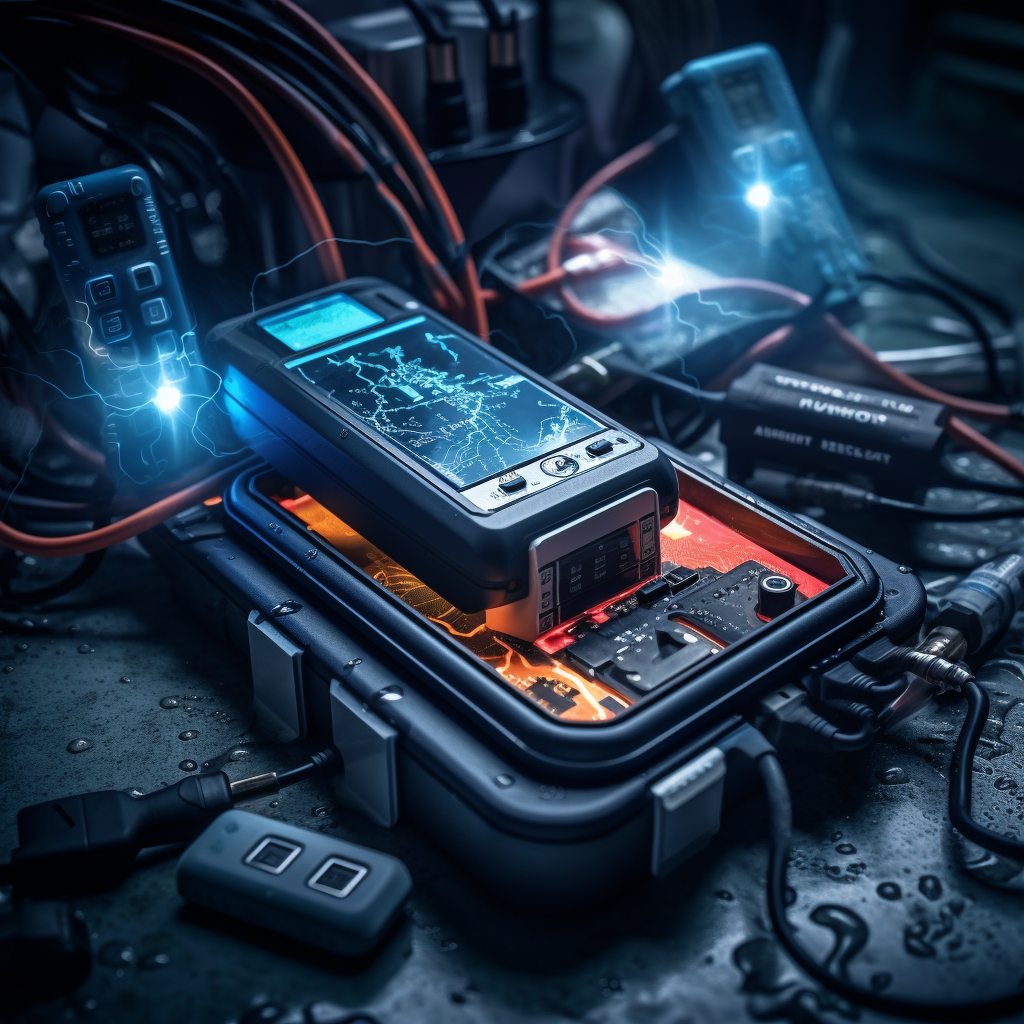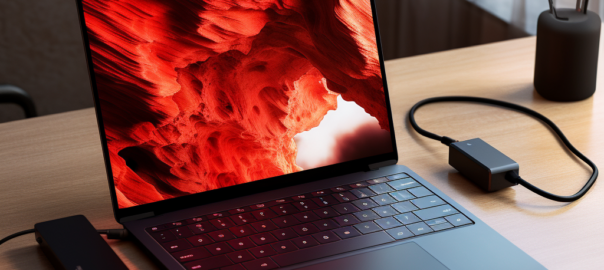Batteries provide portable power for a vast range of devices and equipment we use in our everyday lives. From smartphones and laptops to flashlights and power tools, we rely on batteries to deliver power when we are on the go. However, all those batteries will eventually run out of juice and need to be recharged. This is where having the right battery charger becomes extremely important.
With so many different battery chargers on the market, how do you pick the best one for your needs? There are a few key factors to consider that will ensure you choose a charger that can properly and safely charge the particular batteries you need powered up. This guide will walk you through the process step-by-step.
We’ll start by identifying what size and type of batteries you need to charge. Then we’ll explore the features to look for in a charger to match your needs. We’ll also cover specialty chargers for more complex battery charging scenarios. Finally, we’ll go over maintenance and care for your battery charger so you get the most out of its lifetime use. Follow along as we uncover the ins and outs of picking the ideal battery charger.
Contents
Determine What Type of Batteries You Need to Charge
The first step in picking the right battery charger is identifying the key details about the batteries you need to recharge. There are two main factors here – the size/shape of the battery, and the battery chemistry.
Common battery sizes include AA, AAA, C, D, and 9V batteries. The size refers to the physical dimensions of the battery. For example, AAA batteries are smaller than AA batteries. Most consumer devices take one of these standard sized cylindrical batteries.
For smartphones, tablets, laptops, and other specialty electronics you’ll need a charger compatible with the specific lithium-ion battery shape and voltage. These batteries come in different sizes like 18650 and 26650 to fit various devices.
In addition to physical size, it’s essential to know the battery chemistry – this determines the internal components and voltage level. Some of the most common options are:
- Alkaline – 1.5V, disposable batteries for low-drain devices.
- Lithium-ion (Li-ion) – 3.6V rechargeable batteries for cell phones, laptops, etc. Require specific chargers.
- Nickel-cadmium (NiCd) – 1.2V rechargeable batteries common in older devices.
- Nickel-metal hydride (NiMH) – 1.2V rechargeable batteries as an upgrade from NiCd.
Check your device’s manual or the molding/markings on the battery to discern size and chemistry details. Having this key information will point you to the appropriate charger type.

Key Features to Look for in a Charger
Once you know the battery size and chemistry, identifying the right charger gets much easier. There are some important features and specs to consider when comparing charger options:
Charge Rate
The charge rate refers to the speed at which a battery charger can recharge batteries. There are three main charge rate categories:
- Slow or trickle chargers provide a low amount of continuous current. This results in longer charging times, but is safest for small batteries.
- Fast chargers provide higher current to charge up batteries more rapidly – usually in 2-4 hours. This is suitable for frequently used rechargeables.
- Turbo chargers offer the highest charge rate for large capacities and specialty batteries. Charging is faster but requires careful monitoring to avoid damage.
Select a charger with an appropriate charge rate for the battery size and your charging needs. Slow chargers work well for occasional small battery use. Fast chargers are the best bet for general battery charging of AA and AAA cells. And turbo chargers can be useful for charging packs of high-capacity rechargeable batteries.
Number of Bays
For convenience, look for a battery charger that has multiple bays or slots to charge more than one battery at a time. Chargers may have slots for 2, 4, 6, 8 or even 12 batteries at once. The number of bays you need depends on how many batteries you use regularly.
Discharge Function
Some advanced chargers have a discharge function that drains out any remaining power in a battery before charging it up again. This can help recondition batteries and extend their overall lifespan. The discharge function is useful but not essential for most users.
Safety Features
Protections for overcharging, overheating, short circuiting, and other risks are very important. High-quality chargers will have built-in safety mechanisms to prevent damage to batteries and maintain safe operation. Look for mentions of these protections in a charger’s product details.
Display Screen
Higher-end smart chargers feature an LCD screen that displays useful information during the charging process. This may show the charge level of each battery, current charge stage, time remaining, and error alerts. A display screen offers convenience but is not a necessity.
Portability
If you need to charge batteries while traveling or commuting, select a more compact and portable charger. Look for options that are lightweight with foldable prongs. Handheld portable power banks can also be useful for charging devices on the go.
Charging Specialty Batteries
While standard AA and AAA rechargeables account for many battery charging needs, you may also need to charge more complex specialty batteries. Here are some scenarios that call for specific charger requirements:
Lithium-Ion/Lithium-Polymer Batteries
Rechargeable Li-ion batteries are common for consumer electronics and even electric vehicles. The shape, voltage, and charging process differs greatly from standard NiMH rechargeables. Only use a lithium-ion compatible charger for these batteries. Never attempt to charge Li-ion batteries with a traditional battery charger.
Solar Chargers
For camping or emergency preparedness kits, solar-powered chargers can come in handy. These use a solar panel to harness power from the sun and convert it to charge up batteries during the day. They are slow but useful in off-grid scenarios.
Car/Marine Batteries
Lead-acid batteries for cars, boats, and RVs need a specialty charger that provides a slow, steady charge up to 14.4V for extended periods. Automotive battery chargers have high power output and alligator clamp connectors for vehicle batteries.
Power Tool Batteries
Many power drills, saws, grinders and other tools now use lithium-ion battery packs. These require a specific charger matched to the brand and model battery. The charger attaches to fit the custom shape of the battery pack casing.
Maintaining and Caring for Your Charger
To get the longest lifetime and best performance from your battery charger, proper maintenance and care is essential. Here are some tips for taking care of your charger:
- Keep the charger clean by wiping down the outside casing and checking battery bays for dirt, debris or corrosion.
- Never insert batteries that are wet or have leaks/damages that could cause hazards.
- Don’t place the charger near heat sources, direct sunlight or moisture. Use ventilation if needed.
- Be careful not to drop or damage the charger which could break internal components.
- Store in a dry location when not in use to avoid dust build-up.
- Replace very old chargers as they may become less efficient over time.
- Check that contacts are aligned, springs are functional, and connectors are not bent.
- Don’t disassemble the charger yourself as you could cause injury or electrical risks.
Following the manufacturer’s usage, maintenance and safety guidelines is highly recommended. With proper care, a quality battery charger can deliver many years of reliable service for all your battery charging needs.
Conclusion
Picking the ideal battery charger doesn’t have to be a difficult or confusing process. By first figuring out your battery type and size, you can focus on choosing a compatible charger with the right features to meet your charging needs safely. Carefully compare charge rates, number of bays, display screens, and key protections to select a charger that works for you. Specialty chargers may be required for lithium-ion batteries, vehicles or power tool packs. And be sure to keep your charger in top shape through regular maintenance and cleaning. Following this advice will help you find and properly use the perfect battery charger for powering all your devices.










